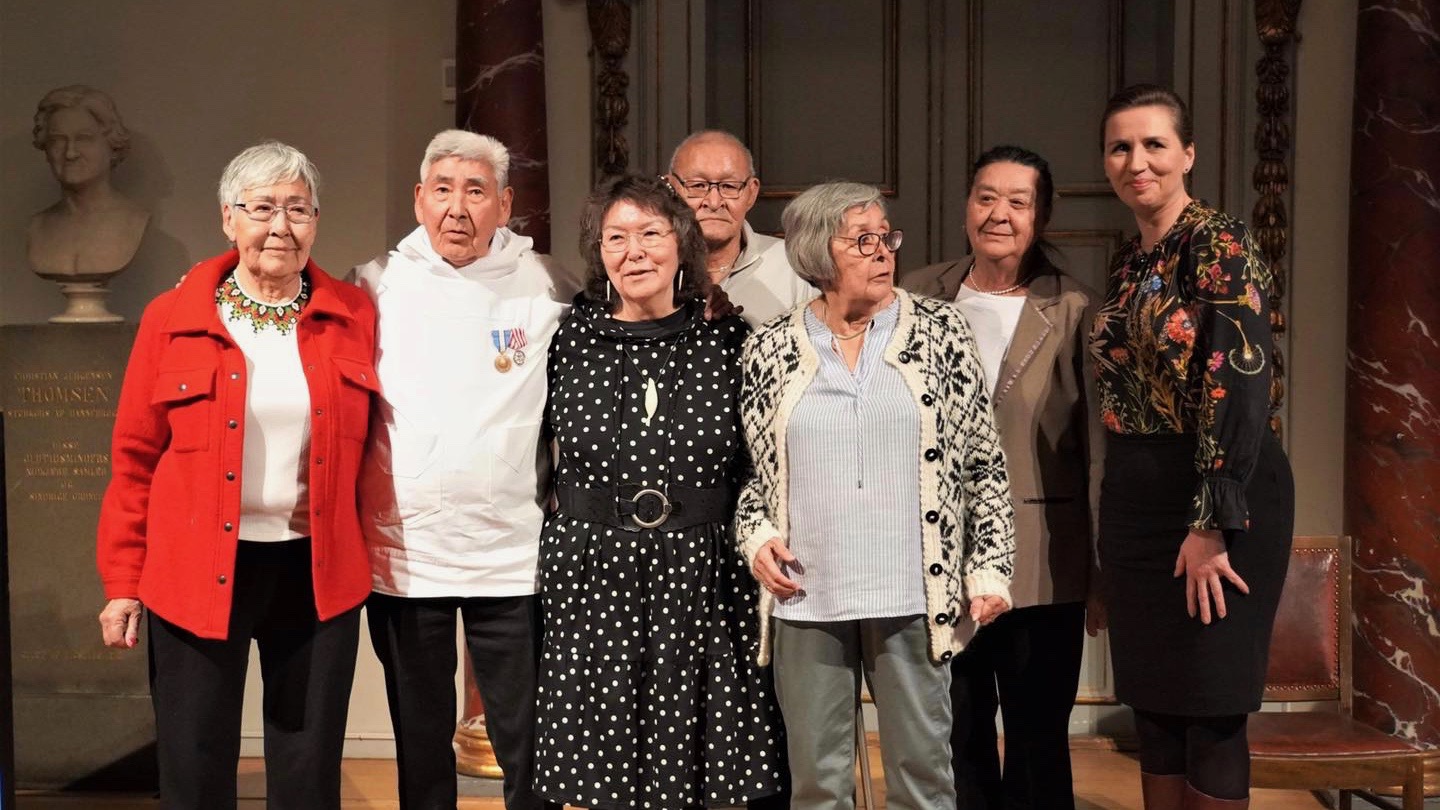On Wednesday, March 9, the government of Denmark paid an official apology to the Inuit children from Greenland who were part of a failed 1950s social experiment conducted by the Danish government. Danish Prime Minister Mette Frederiksen on Wednesday officially apologized to the six Inuit people still alive among the 22 Inuit children of Greenland who were sent to Denmark as part of the social experiment by the Danish authorities to make those children “model” Greenlanders and to assimilate the Indigenous culture. The Inuit Ataqatigiit (Community of the People) party in Greenland congratulated the Inuit people for their decades-long struggle for justice and dignity which forced the Danish government to finally apologize and offer compensation.
According to reports, 22 Inuit children were sent to Denmark from Greenland in 1951 as part of a social experiment program to teach them Danish and to raise “model” Greenlanders as an attempt to bridge the Danish and Indigenous cultures. The children, aged four to nine, were sent to Denmark in a passenger ship called MS Disko. They were first placed in a care home and then lived with Danish foster parents. A year and a half later, 16 of them returned to Greenland, while six were adopted.
Even after they returned to Greenland’s capital Nuuk, the children were not allowed to reunite with their families but were admitted in an orphanage and continued to attend a Danish-language school. The children remained separated from their families, lost their mother tongue and struggled with identity issues, facing severe trauma throughout their lives.
As of now, only six among the 22 part of the experiment are alive (currently in their 70s). After they began legal action, the Danish government settled and agreed to pay damages of 250,000 Danish kroner (USD 36,925) to each of the six. A 2020 report commissioned by the Danish government on this issue found that “half the children who were part of the 1951 experiment later experienced mental health problems or alcohol abuse. There were cases of homelessness and rootless lives. Most died relatively early and one took their own life.”
It has been reported that between the 1950s and 1970s, thousands of Greenlandic children were sent to Danish boarding schools. A book by Danish social worker Tine Bryld titled I den Bedste Mening (In the Best Meaning) published in 1998 revealed much of the horrors of the tragic experiment by the Danish authorities on Inuit children. Following the publication of the book, many sections in Greenland have started campaigns demanding justice and compensation from the Danish authorities for victims of such social experiments.
On Wednesday, Danish prime minister Frederiksen posted on social media: “today I have met Emil, Eva, Helene, Kristine, Gabriel and Stine – the six of the 22 Greenland children who were sent to Denmark at that time. The investigation had unbearable human consequences. And it has felt them for life. Today I have apologized to each one of them on behalf of all of Denmark.”
Aaja Chemnitz Larsen, a member of the Danish parliament (Folketing) from the Inuit Ataqatigiit party, applauded the Inuit peoples’ fight for justice and stated that “the government today puts a number on the price they think it has cost you to be part of a social experiment that unfortunately failed. You have paid a much higher price, some have paid with their lives, everyone has paid with their soul, and that price is infinitely higher than what you get today, there is no doubt about it, and we must never forget that.”
Greenland is the world’s largest island, located in the Canadian Arctic archipelago. It has been under the control of the Danish crown since 1814. As of now, it remains as an autonomous territory with a population of just around 57,000 people within the Kingdom of Denmark. Many pro-independence groups are active in Greenland currently that are seeking freedom of Greenland from the Danish authority. In 2019, then US president Donald Trump announced his whimsical interest in buying Greenland from Denmark but was condemned and rebuked by various political groups, including the Nordic left and other progressive sections in Greenland and Denmark.





